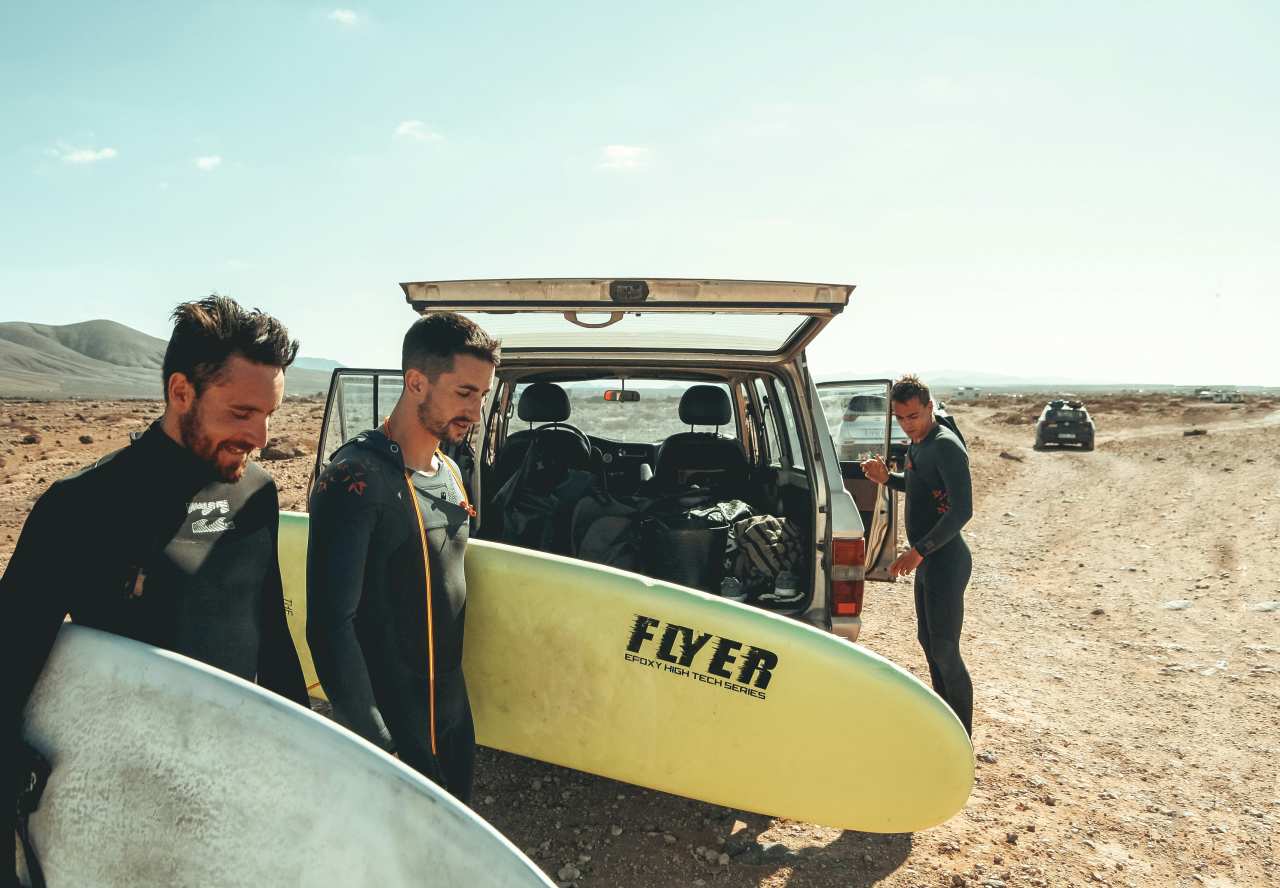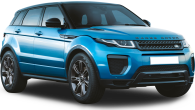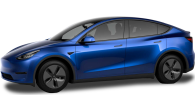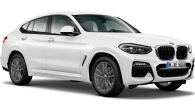The latest generations of ute-based wagons, such as the Toyota Fortuner, Ford Everest and Isuzu MU-X, have shown that these SUVs are getting better in looks, refinement and performance. No longer can they simply be dismissed as the clunky cousins to "proper" 4WD wagons – they are legitimate contenders for the work-and-leisure crown. But with a price-tag as swollen as its features list, is the top-spec Everest, the Titanium, actually worth it?
Ford Everest 2018: Titanium (4WD)
| Engine Type | Diesel Turbo 5, 3.2L |
|---|---|
| Fuel Type | Diesel |
| Fuel Efficiency | 8.5L/100km (combined) |
| Seating | 7 |
| Price From | $67,320 - $77,330 |
| Safety Rating |
|
Does it represent good value for the price? What features does it come with?
The seven-seat Titanium 4WD starts from about $74,701. This is the top-spec Everest and its plethora of standard gear includes, but is definitely not limited to, leather everywhere, chrome door handles, head-up display, Ford's Sync3 multi-media touchscreen system (incorporating satellite navigation and Apple CarPlay and Android Auto), rain-sensing wipers, automatic headlights, powered/heated front seats, electric third-row seats, sunroof, side steps and a power tailgate. There's also ambient lighting, illuminated scuff plates, as well as more useful stuff, such as LED daytime running lights, xenon headlights, front and rear parking sensors, reversing camera, forward AEB, adaptive cruise control, and lane-departure warning.
The Titanium rides on 20-inch rims but 18-inch alloys are a no-cost option – more about those later.
.jpg)
What are the key stats for the engine and transmission?
The Titanium has the only engine offered in the Everest line-up: the Ranger's 3.2-litre, five-cylinder turbo-diesel engine, producing 143kW@3000rpm and 470Nm@1750-2500rpm. It also has a six-speed automatic transmission, full-time 4WD with low-range gearing ("4x4 Low") and electronically lockable rear diff, as well as Terrain Management System with different driving modes (sand, rocks, snow etc) to suit different terrain. (We really did test its off-road capabilities – keep reading to see how it performed.)
.jpg)
Is there anything interesting about its design?
If you're keen on the Ranger's exterior looks, then you'll find the Titanium very easy on the eyes. It has its stablemate's presence but with an even chunkier front end and in-your-face grille, squared-off shoulders, back past solid side steps, big alloy wheels all-round and all the way to the beefy back end.
The interior is all nicely blended together; chrome, leather accents, as well as clear, bright, easy-to-read instrument displays and colourful Sync3 screen. Nice, small touches, like illuminated blue edging around the USB ports, add to the cabin's topped-off premium feel.
How practical is the space inside?
Getting in is easy enough if you're in the front two rows and you use that big side step and grab handles to assist your ingress; the third row is a bit of a squeeze for some adults, but not so much of a hassle for kids.
Front seats are very comfortable (you'd be outraged if they weren't at this price-point) and electrically adjustable; the third row can be deployed or stowed away by using buttons on the right-hand rear interior wall of the cargo area.
Those in the front are well catered for with access to two 12V sockets, two USB ports, and all the buttons you'd ever want to press.
Storage solutions include glovebox, two cup holders and a deep bin between driver and front passenger, big bottle holders in each door and other nooks and crannies in which to secret stuff.
Second-row passengers get a pair of pop-out cupholders in the arm-rest, and can control aircon temp and fan speed, as well as open or close air vents, and use a 230V or 12V socket from their seat.
There are two ISOFIX anchor points in the second row and the cargo area has bag hooks each side, as well as luggage tie-down points on the floor.
.jpg)
What's it like as a daily driver?
For around-town, through-the-city driving the Titanium – 4892mm long (with a 2850mm-long wheelbase), 1860mm wide, 1837mm high and weighing 2346kg – gets around with surprising agility amid the hustle-bustle of city traffic. Its turning circle is 11.7m but it never feels like a bus to manoeuvre, with steering so light and lively for such a big chunky beast.
Getting the most out of the six-speed auto box off the Ranger-proven 3.2-litre engine is easy, and there's a healthy growl to that donk when you sink the boot in. But it's a welcome muted growl because the cabin is super-sealed against noise, vibration and harshness (NVH) levels.
.jpg)
On coil-spring suspension, the Titanium's ride and handling are considerably smoother than the Ranger's is on leaf springs, something which would become even more evident when we headed off-road.
The bitumen-suited 20-inch tyres look the part in the city and were right at home on the blacktop, as expected but, for reasons we'll get to soon, we'd ditch them for 18s.
What's it like for touring?
Pretty bloody great. We asked a lot of it – in wildly different conditions (sun, rain, wind) and over a variety of terrain (rocks, mud, firm sand, deep wet sand, water crossings) – and it showed itself to be a more than capable off-roader.
After dropping our tyre pressures to 18psi (pounds per square inch) for a run along a soft-sand beach, the Titanium powered through it all with nary a problem. Once the correct off-road driving mode is selected via the Terrain Management System dial to the right of the shifter – offering sand, snow or rock – and '4x4 Low' engaged, this Ford seems able to tackle anything you can steer it towards.
.jpg)
The 3.2-litre engine never has to work too hard and never feels stressed even in very trying, low-traction circumstances – and that makes for a supremely relaxed off-roading experience.
The Titanium has 225mm ground clearance and on deeper sand ruts its underslung spare tyre and bulging side steps proved to be sand plows at inopportune moments.
We did get bogged once on a stretch of very soft sand but that was mostly due to a lack of driver concentration during a set-up for photographic purposes. However, we simply aired down the tyres a bit more and crept out of our predicament on two pairs of MaxTrax (vehicle-recovery tracks). Too easy.
.jpg)
This Everest rides on 20-inch alloys but 18-inch versions are a no-cost option*. We didn't have any strife with the 20s, but if you're going to do a fair bit of off-roading go for the 18-inch alloys; any extra bit of tyre sidewall will give you more freedom to drop your tyre pressures. (* Since September last year, Ford has offered a new no-cost off-road package for the Titanium and that includes an 18-inch wheel-and-tyre package (with full size spare), suspension changes, and tweaks to its driver assistance tech. A full-colour reversing camera, as well as emergency assistance that automatically calls '000' when airbags are deployed, or when the vehicle rolls, is part of the tech boost.)
The Titanium has a maximum payload of 606kg, a maximum towing capacity of 3000kg (braked; 750kg unbraked) and it can take 80kg on the roof. Obviously, don't take those figures as gospel because your Titanium will have people and gear onboard so that will affect legal loads.
How much fuel does it consume?
In daily driving we recorded 9.2L/100km; we then recorded 8.9L/100km after a highway trip of more than 250km. Following that, we hit 8.96L/100km after another 144km or so, which included a fair chunk of 4WDing. Impressive. The Everest has an 80-litre fuel tank.
Warranty & Safety Rating
What safety equipment is fitted? What safety rating?
The Titanium has a raft of safety gear as standard including reversing camera, front and rear parking sensors, seven airbags, lane-keep assist, blind-spot detection, adaptive cruise control, trailer-sway control, front-collision warning system and AEB.
What does it cost to own? What warranty is offered?
The Everest has a three-year/100,000km warranty. The service schedule is every 15,000km or 12 months; prices start at $390 and top out at $520.
Verdict
Overall, the Titanium is very easy to live with for the day-to-day scramble to and from work – with a highly functional interior – and it easily copes with any recreational responsibilities you want to throw at it. Very quiet, capable and comfortable on- and off-road, the Titanium costs a chunk of cash, no doubt about that, but if you're in the market for a do-anything wagon with a real premium feel to it and you have the budget for it, you could do a lot worse than climb in this thing.
Do you reckon the Titanium is worth the cash? Tell us what you think in the comments below.
Pricing Guides


.jpg)

.jpg)
.jpg)
.jpg)
.jpg)
.jpg)
.jpg)
.jpg)
.jpg)
.jpg)
.jpg)
.jpg)
.jpg)
.jpg)
.jpg)

























.png)














.jpg)